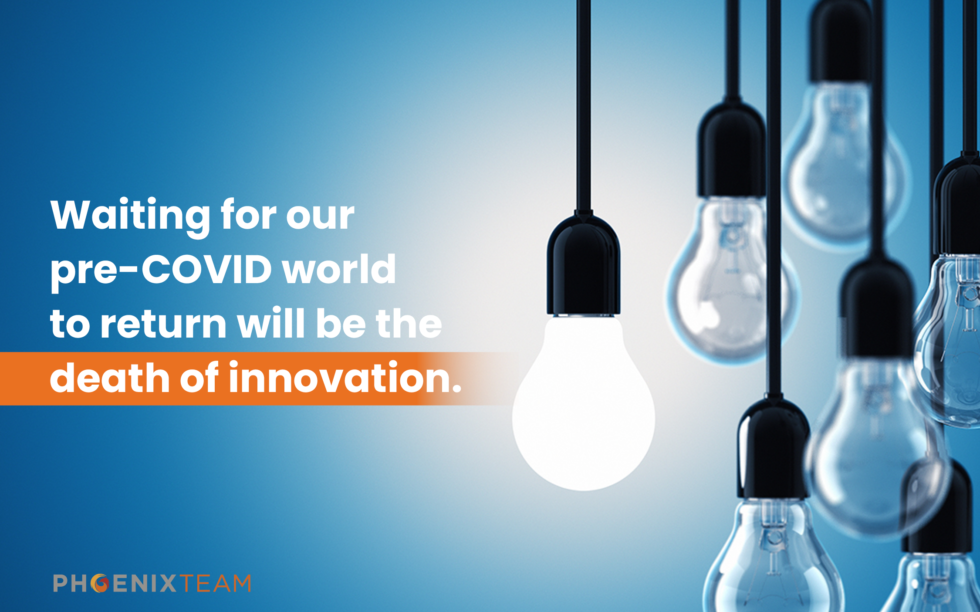Waiting for our Pre-COVID World to Return will be the Death of Innovation
By Jaedri Wood
Now that we have passed the one-year mark since the COVID-19 pandemic began, posts ‘from this day one year ago’ have surfaced
Make no mistake, the desire for travel and worry-free gatherings are reasonable to miss from our pre-COVID days. But waiting for a post-COVID world, as it relates to business, is detrimental both on and off the balance sheet. Let us unpack this.
The death of the office-bound workplace has been a long time coming. Since the dot com bubble popped in the 1990s, team members realized that much work could be done via phone or internet. In-person work became part of a routine instead of a necessity. Now, more than ever, people have realized that available technologies make remote work more accessible and successful for thousands of team members. The pandemic has set the stage for innovation—companies have shifted to remote work, digital meeting platforms are the new office water cooler, and technology is being pushed to do things better, faster, and for more people than ever before. COVID made the need for change exponential, and companies have the choice to either excel and innovate or hold onto the past in the hopes that the normal we came to rely upon will return.
A new study from the McKinsey Global Survey, surveyed executives from across the world to understand how COVID-19 altered their business practices. The responses found that “[r]espondents are three times likelier now than before the crisis to say that at least 80 percent of their customer interactions are digital in nature”. Customer-facing companies had to upend their entire business model to accommodate the new demands brought about by the pandemic. Some companies met the demand and adapted, while others have not. The same McKinsey survey reports that companies have accelerated the digitization of their customer and supply-chain interactions and of their internal operations by three to four years. Funding for technological advancements now exceeds any other initiative to date. The moral of this story: when companies are faced with a challenge, innovation is the key to prosperity. Had companies ignored the popularity of digitization and not chosen innovation, the consequences would be catastrophic.
Innovative companies not only recognized industry trends but implemented tangible change in their business practices. For example, remote work due to COVID has spurred positive change in mitigating bottlenecks in businesses. McKinsey asked respondents (pre-COVID) how long it would take to execute a change in their business. These changes ranged from increasing remote collaboration capabilities to increasing spending on data security. Prior to COVID, implementing these changes would take one year. Now, results show that the work from home structure significantly increased speed to delivery, averaging 11 days to provide a workable solution to the proposed change. How is such a dramatic shift possible? Laser focus on the need and outcome. Fear of losing your edge in the industry. Empathy for team members and the responsibility to retain customers, happy customers. Even during a pandemic, dedicated companies have found ways to thrive and persevere.
2020 was a year of volatility and uncertainty. 2021 remains volatile but brings with it a new mindset of forging a better future because the pre-COVID normal is simply outdated. Remote workers have adapted, zoom calls are aplenty, and life continues. There is no “returning to normal”. Right now, we are in a stage of growth where businesses can choose to view themselves as being buried or being planted—ready to grow into something new. Innovation and creativity are not confined to an office or zoom meeting. Indeed, personal interactions are missed, but they are no longer imperative. Now is the time to analyze and see what can be done better in the short and long term. At Phoenix, we push the boundaries; we refuse the norms and are constantly strategizing for what could be the next disruptor to our industry and how we are going to help our clients face it head on and thrive. After all, the only way to innovate is to look outward and forward.

















